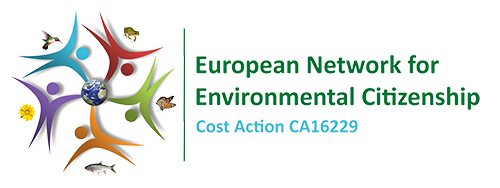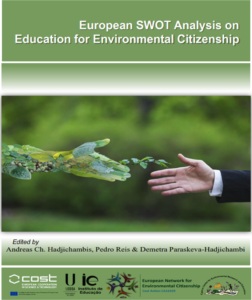Chapter 12: ITALY: Short Country Report
Daniela Conti & Luca Baglivo
Abstract: Environmental Education (EE) has been present in the Italian context since 1989 with the establishment of the national system INFEA. It was only in 2005, with the UNESCO Decade for Education for Sustainable Development, that there was a switch from EE to Education for Sustainable Development (ESD). Particular attention was paid to Citizenship Education (CE) in order to foster competencies for sustainability, though these three types of education are often still used interchangeably, especially EE and ESD. The responses of six experts to the questionnaires show that Education for Environmental Citizenship encourages and empowers citizens for active and democratic participation on environmental challenges. The most important strength of Education for Environmental Citizenship is the empowerment of people towards sustainability and to develop the values, skills, and competencies necessary to be and act as proactive citizens. The weakness that Education for Environmental Citizenship could face is the outline of the educational and learning approaches to embrace the complexity of the environmental problems and to empower young people for actions towards sustainability. Opportunities of Education for Environmental Citizenship relates to the presence of an increasing number of active and responsible citizens who are able to tackle the contemporary environmental dares and existing education alliance between the school system and the non-formal education organisations on ESD, EE and CE. The major threat of Education for Environmental Citizenship is the difficulty of carrying out a profound and deep cultural and pedagogical changes at the school system level.

